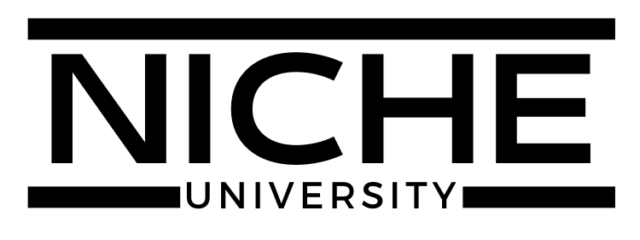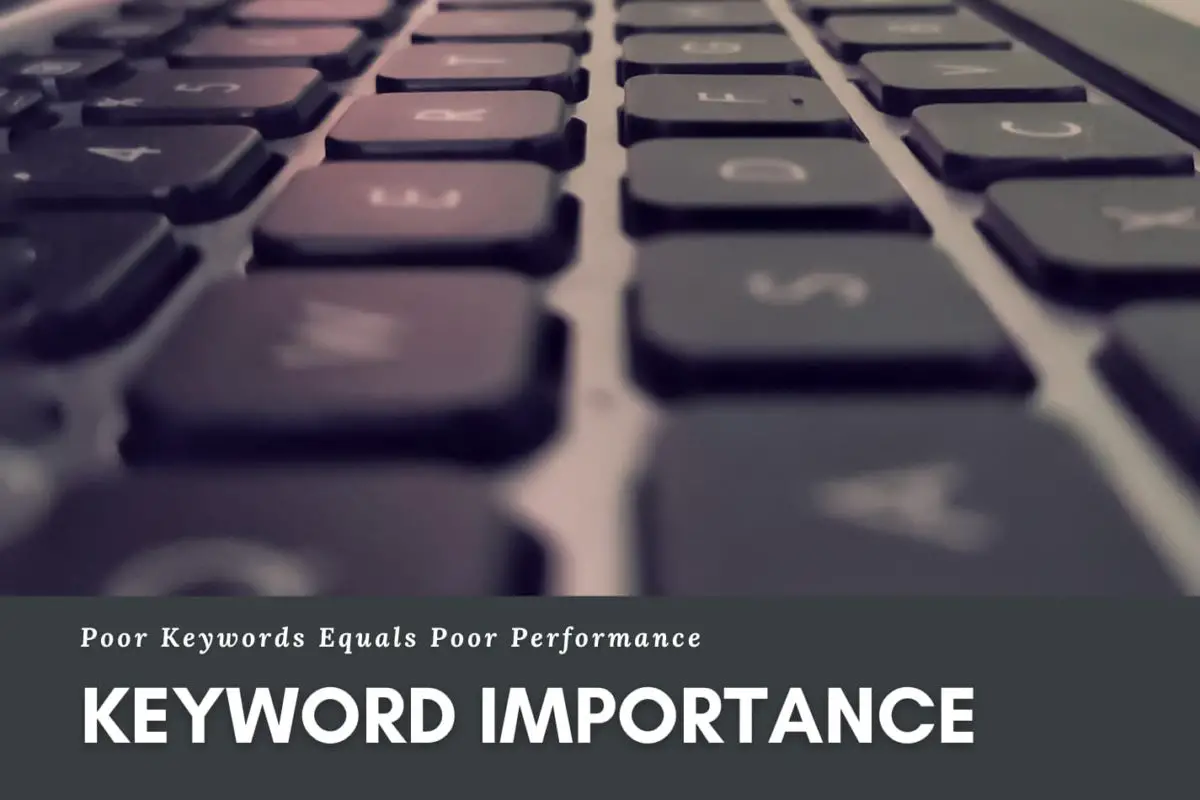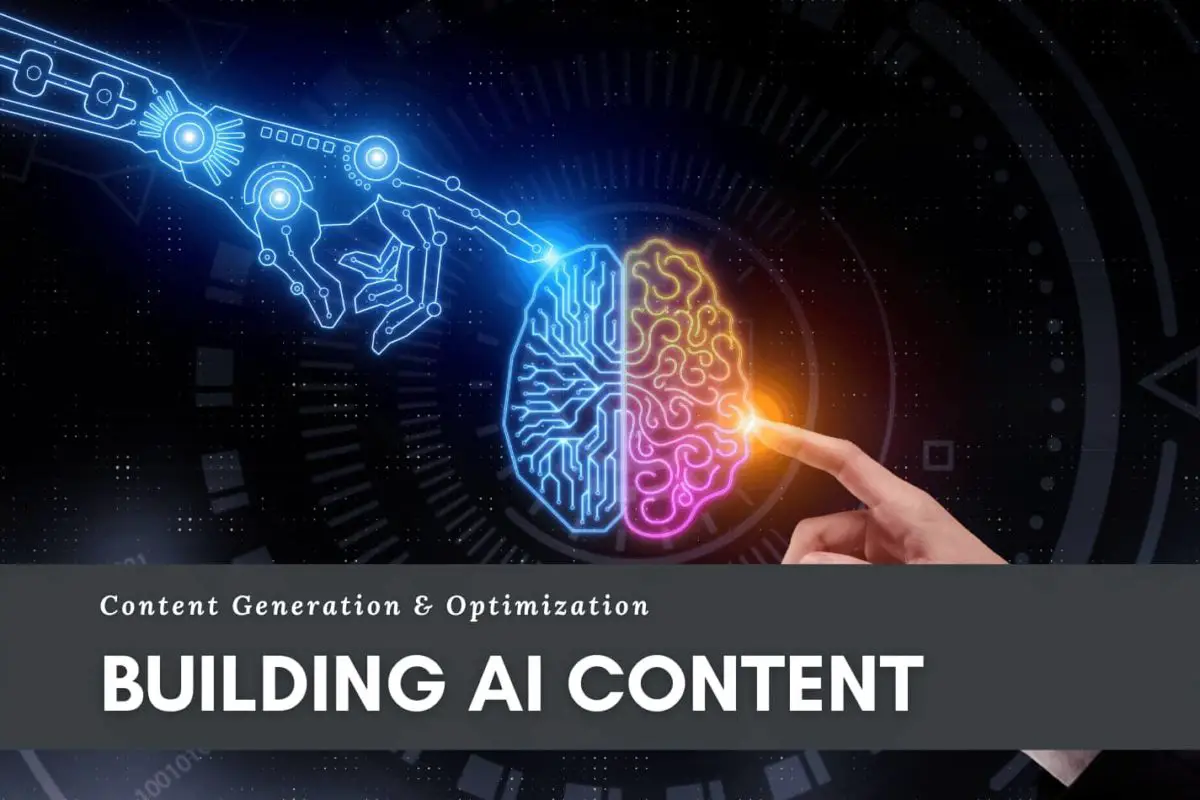
Building Valuable Content Sites
Niche U | Ultimate Free Resource
Niche University connects you with helpful, simple information and steps, as well as solutions to problems, as well as showcasing high-quality tools will help you create a viable business website.
Access Courses
Simple Blogging System
A quick starter guide to take you from start to live WordPress site.

Simple SEO
Understanding Search Engine Optimization (SEO)
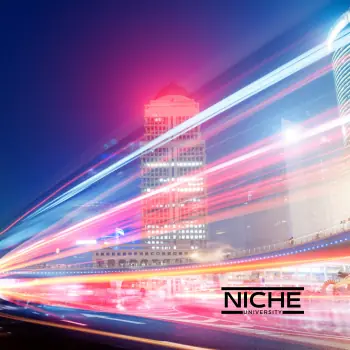 Simple Site Speed
Simple Site SpeedSimple Site Speed
Learn how to make a fast website and pass Core Web Vitals. Simple Affiliate Marketing
Simple Affiliate MarketingSimple Affiliate Marketing
Dive into what affiliate marketing is and why it is a powerful way to build a side hustle.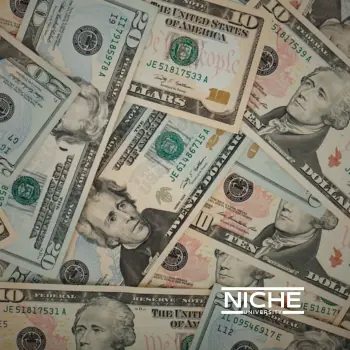 Simple Monetization
Simple MonetizationSimple Monetization
Monetizing your content is an often overlooked but vital piece of blogging. All Niche U Courses
All Niche U CoursesAll Niche U Courses
Take a deep look into the courses available today.
Empowering your dreams - transform your passion into a website with our guidance, starting today!
Build Effective Sites
Simplicity
Content in courses is aimed to help any skill level jump in with both feet without being uncomfortable.
Engage With Audience
Community
We are a big community full of many website owners as well as designers helping each other reach greatness!
Build a Community
Flexibility
Building a website can be a full time job eventually but with our courses you can be flexible with when and where you work.
Become a Patron
Help Us Continue To Grow
While we want to keep everything totally free if you have the means to donate we would be greatfully appreciative. This allows us to keep 100% versus giving that other service money off the top.
Black Coffee
$2.95moAn affordable entry-level option designed for newcomers, offering basic features and essential support.
Removes ads when signed inAccess To FacebookAll Created CoursesFancy Brew
$5.95moA slightly better option for intermediate users who need a little more than what the Beginner Plan offers.
All Black Coffee level bonusesVideo Site ReviewtbdEspresso
$9.95moThe highest plan, designed for advanced users with greater needs and desires. Can you tell this is placeholder text?
All Fancy Brew level bonusestbdtbd
Course Contributors
Building Helpful Content
Starting with myself, I am always looking to find and showcase members who can provide course content and relevant assistance.
 Amazing Dude
Amazing Dude Cool Threads
Cool Threads On a Mission
On a Mission
Helpful Tools
Kickstart Your Efforts
These are tools we use to create awesome websites, please note some may be affiliate links as they do help us keep the site funded.
Recent Articles
Continuing Knowledge
Building your overall skill and expertise will ensure that content you choose to add is valuable and helpful.
